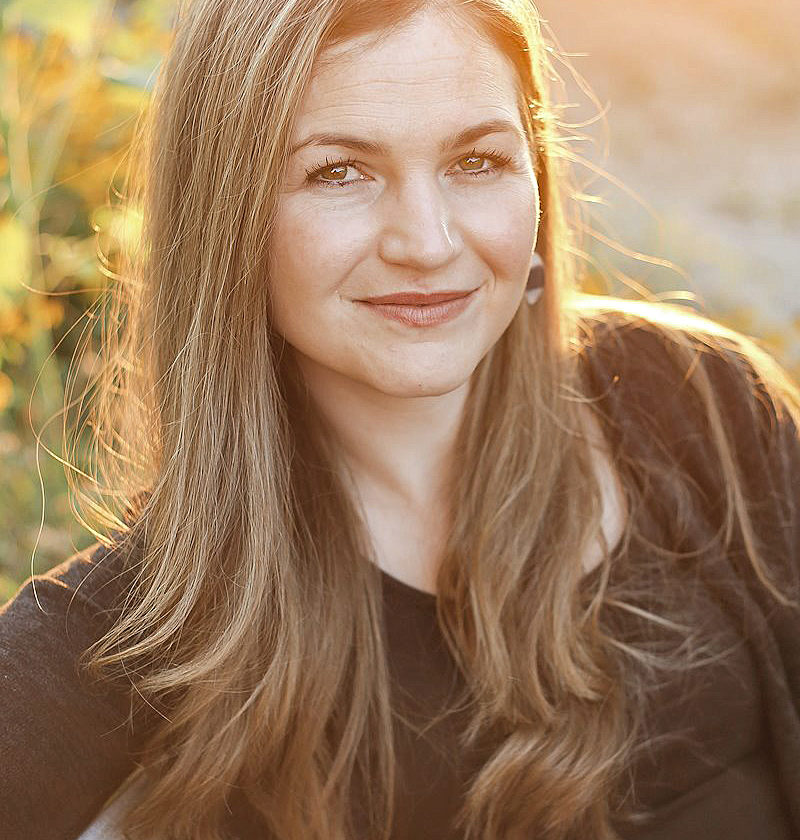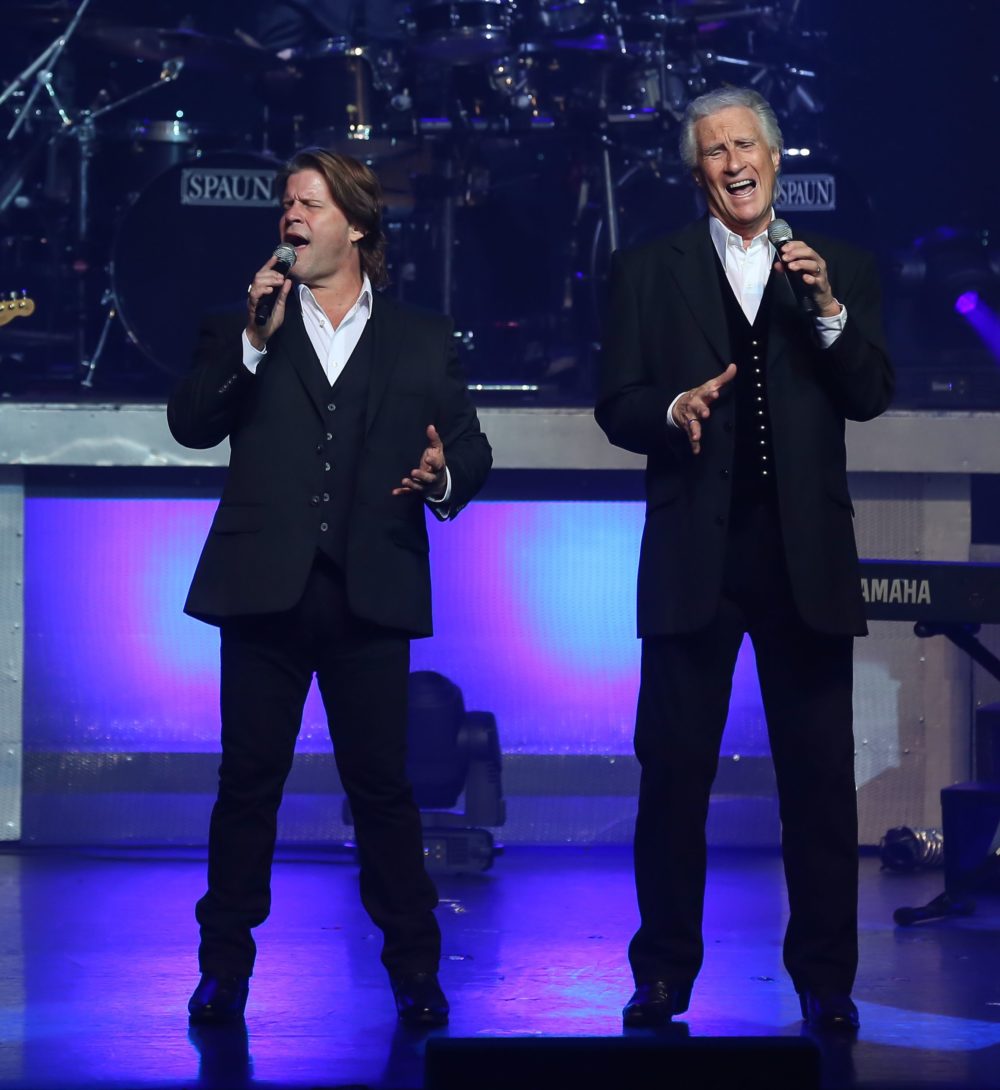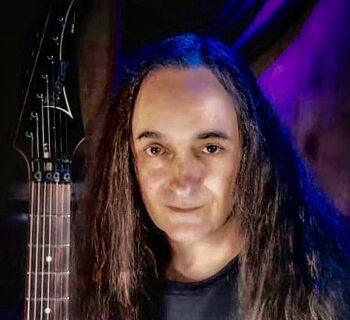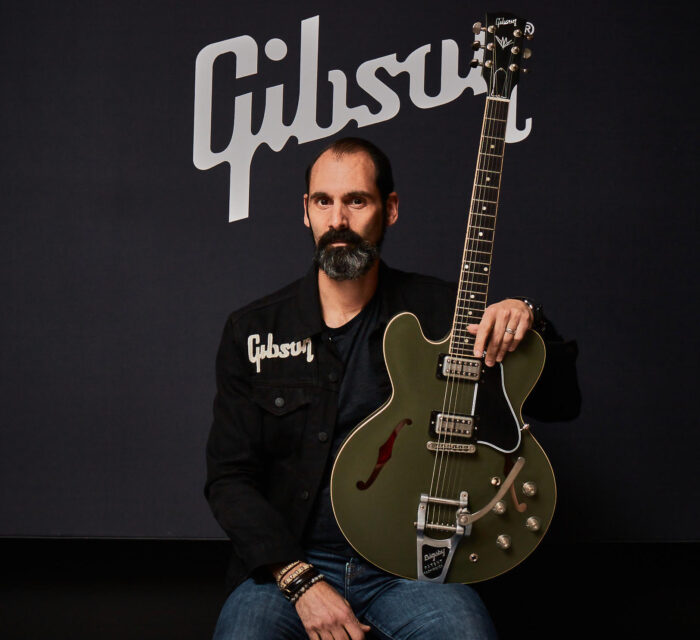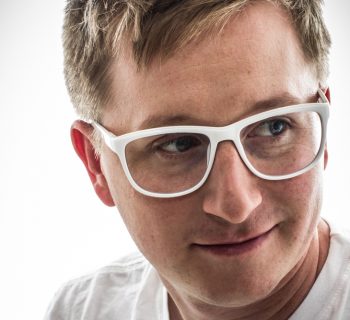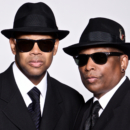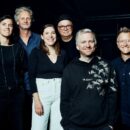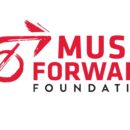Healing Sounds
Repetitive. Grating. Empty. Children’s music descriptors don’t apply when it comes to singer-songwriter and music therapist, Stephanie Leavell. As she puts it, “As a parent myself, it’s got to be pleasing.”
With early memories of coloring books at her rock band parents’ gigs, Leavell was surrounded by all aspects of music at a very young age, although her chosen pursuit was unique. After seeing a picture of a harp in a newspaper at age five, she voiced her desire to play and, still committed to the endeavor two years later, her parents bought her a harp and she began lessons with a local philharmonic player.
Writing started with instrumental songs on the harp, with Leavell learning to play the guitar, singing and songwriting more regularly in her teens. Her parents’ DIY recording studio in the basement inspired her first album in junior high. Says Leavell, “I sometimes wonder if my singing tone was impacted by hours and hours behind the harp before I was even singing… my whole childhood is me behind a harp to some extent.”
As an introvert, she found it difficult to share her own music with others, and it wasn’t until music therapy entered her life in a class at Berklee (after initially pursuing harp studies and music business) that things clicked and she realized that being a music therapist was a way to create music without the focus being on her.
“It was easier to think of the things I would tell kids, that I tell my own daughter, and the things that I want kids to be able to tell themselves,” admits Leavell. Her mentorship at Massachusetts General Hospital—and seeing a reduction in children’s pain and anxiety—led to work in hospitals, clinics, and schools.
Working as a music teacher at her daughter’s preschool brought the challenge of trying to simultaneously keep the attention of 24 little ones, and after moving home to Idaho during the lockdown, she started a music therapy program at her local hospital. Often seeing children starting chemotherapy at just two or three years old, with no ability to process complex feelings (and no ability to express language), she connected at a heart level, allowing the experience to be somewhat less traumatic as kids got time to be creative and find an avenue for self-expression. “They used to get anticipatory nausea, anxiety and pain before coming in,” reveals Leavell. “There’s singing, dancing, playing, and joking around. It’s a break from medical intervention. The brain is more focused on music than it is on pain.” Creating a safe space for youngsters navigating the unimaginable, they ask for her by name.
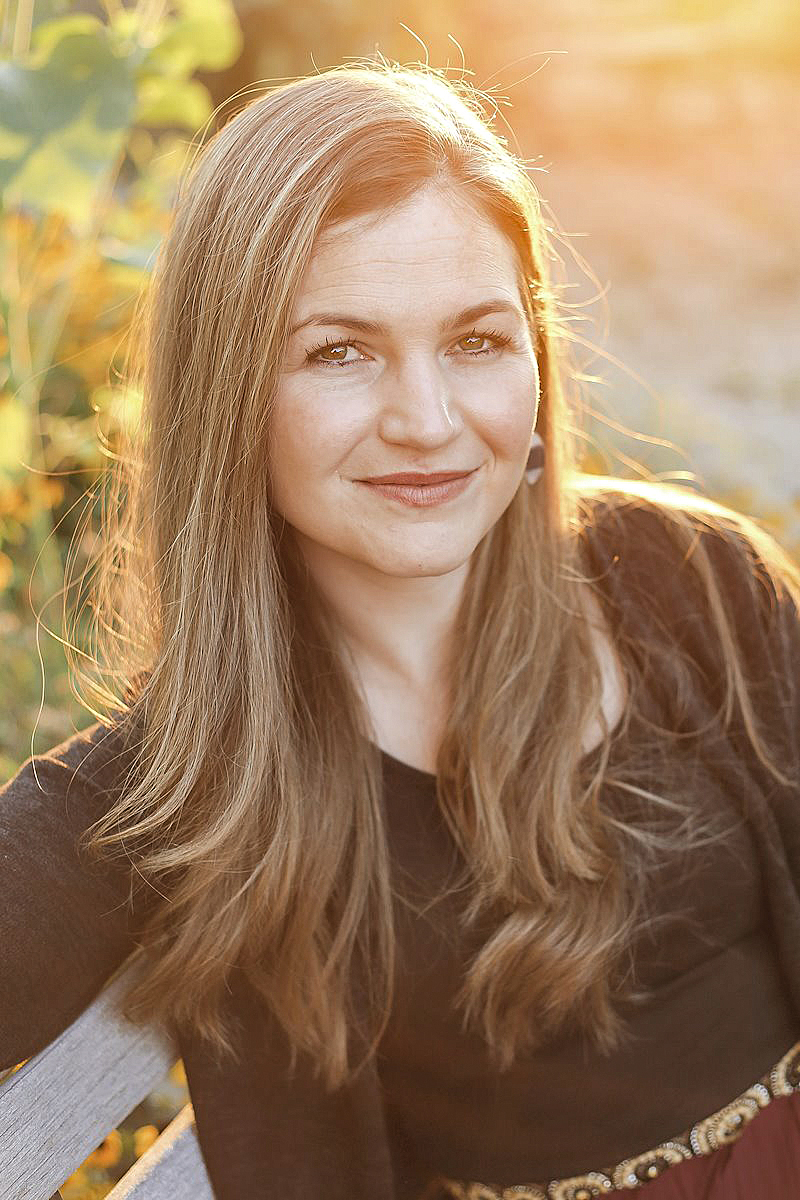
Therapy sessions—in addition to being soothing and emotive—leverage multiple communication points to help kids to process and interpret the song’s message. Vocals match the lyrics, cadence, melody, rhythm and movement to engage each child’s brain at their own level of development (including various stages of trauma and neurodiversity). “Some kids process the rhythms, some are more focused on the melody,” she says. “The more I stack those, [the more] a song is crystal clear, the more successful the kid is going to be.”
Leavell founded online educational platform Music For Kiddos in 2017, sending out a “song of the month” to newsletter subscribers and providing a library of about 500 educational resources used by schools, parents, music therapists, and early music educators. Her latest recording project, Made to Bloom, includes her vocals, guitar and harp—with the addition of a guest mandolinist and percussionist—and is comprised of top “song of the month” selections from the past five years.
Nominated for 2019’s Children’s Album of the Year for debut Move It, Move It!, 2020’s Children’s Song of the Year and a finalist in 2021’s International Songwriting Competition, Leavell won 2020’s American Music Therapy Association’s Songwriting Competition for “School’s A Little Different This Year.”
Contact [email protected]
Experience stephanieleavellmusic.com

